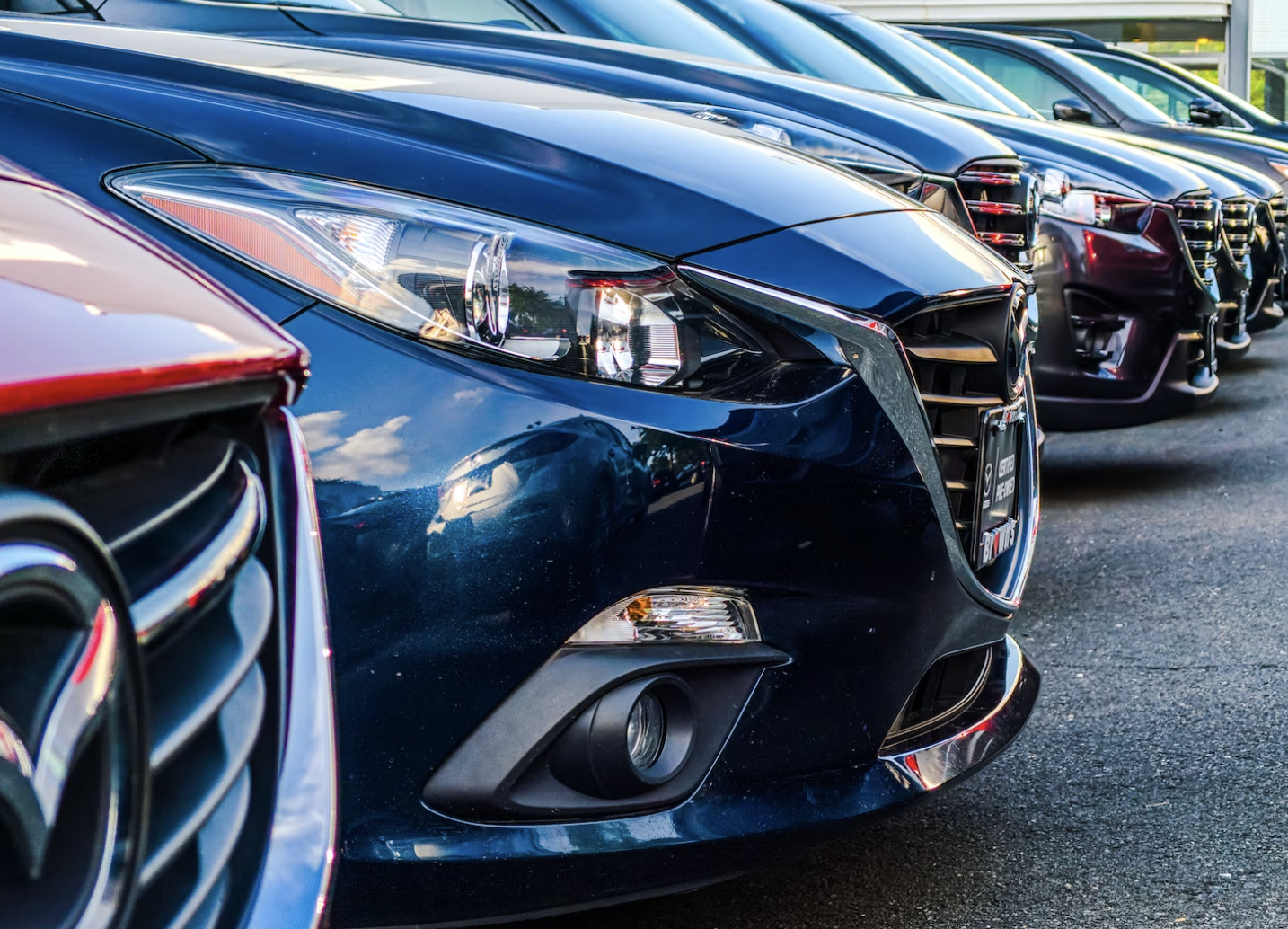
Buying a new car can be daunting. Other than a house, a vehicle is often the largest purchase people make, and theres a ton of variables that can go into getting a good deal. Here are the top tips from an ex-dealership employee for making a good deal:
Have a Plan: If you plan to go to a dealership to test-drive a car, you need to know what you want, and stick to that. If you’re looking for an SUV, and have done all your research on the prices for an SUV, don’t let the sales person flip you to a mini-van that you know nothing about. If you decide you DO want that mini-van, leave and do some research and come back later. Also if you’re just looking to test drive because theres other vehicles you want to see later, don’t get sucked into buying a car that day.
Don’t Be a Payment Buyer: A payment buyer is someone who simply says “I want to be at $300 / month payment” and doesn’t care how they get there. This is the absolute worst way to buy a car since it gives the sales person a ton of room to ‘fudge’ numbers, either by possibly charging you more for a car than its worth if it can still be at your target payment, or put you in a very long-term loan at a higher rate. You need to know how much the car you’re buying is worth, and be sure you’re not paying more (even if its within your payment).
Get Loan Approval From Your Own Bank: While there is a good chance the dealership may be able to get you a better rate than your own bank (theres a few reasons for this that aren’t particularly important) they won’t give you the best rate if they don’t have to. When a dealership submits your loan to their banking partners, their banking partners give them a ‘buy rate’ which they can then mark-up before signing you at a higher rate, and pocket the difference. For example, a bank may say they’ll finance the car at 2%, but the dealership can mark-up that rate to 4%, and keep a portion of the interest on the loan, paid to them by the bank. If you have your own bank’s rate in writing, they usually can’t mark up your rate and still match your own bank.
Shop Around: If buying a new car in particular, shop around to a couple of local dealerships and compare prices. Dealerships are legally required in most states to give you a price in writing, even if you don’t buy that day (and if they’re not willing to, you should probably walk away). If a competing dealership has an identical vehicle (or close to it) ask them if they can beat that price. The same goes for your trade-in value. Check online for the average trade-in value, and if you feel you’re being short changed, take it somewhere like CarMax or get a free online offer from Carvana or other online retailers, and don’t be afraid to push for more from a dealer.
Check The Trade-In Value of The Used Car You’re Buying: This is obviously only if you’re buying a used car, but if you are, put in the car’s details into KBB.com or another online value estimator and look up the trade-in value. This will tell you roughly what the dealership owns it for, and give you an idea of how much profit they stand to earn at their listed price. Keep in mind dealers do generally perform a comprehensive inspection and maintenance on calls before re-selling, along with a thorough cleaning, plus they have to pay their sales people so don’t expect to buy it for this trade-in price, but you also shouldn’t pay many thousands more.
Get Everything Itemized: Dealership sales people and managers are experts at doing mental-math, and won’t hesitate to shuffle around numbers and try to present you with just an ‘out-the-door’ price, or a monthly payment that may include a warranty or other services. Don’t let them. Get everything laid out in a clear and concise manner so you can see the specific price you’re paying for the new car, how much they’re paying for your trade-in, and any additional fees added on and if they’re required (like taxes or license tag fees) or just extras that can be removed or negotiated. Many dealers will have a ‘dealer fee’ which is pure profit, or try to sell a vehicle with a bunch of accessories that you may not want, like over-priced floor-mats or paint protection that they won’t actually install until after you buy the vehicle. If thats the case and you don’t want them, refuse to pay for them.
Don’t Be Afraid to Walk Away: This is the most important one. There are literally millions of cars out there, both new and used, and even though you may feel like that shiny convertible is the only one in the world, trust us, it isn’t. If something about the deal doesn’t feel right, or the dealer isn’t being transparent about any additional fees you’re being charged, or is insisting you HAVE to pay $1,100 for the paint protection because every car they sell gets it and they put a little sticker on the window saying so, just walk away. A dealer who plays games like this doesn’t deserve your business, so don’t give it to them. Call a competing dealership (or 2… or 3) and give them a chance instead. This is a major purchase, and you shouldn’t walk away not feeling great about it!
